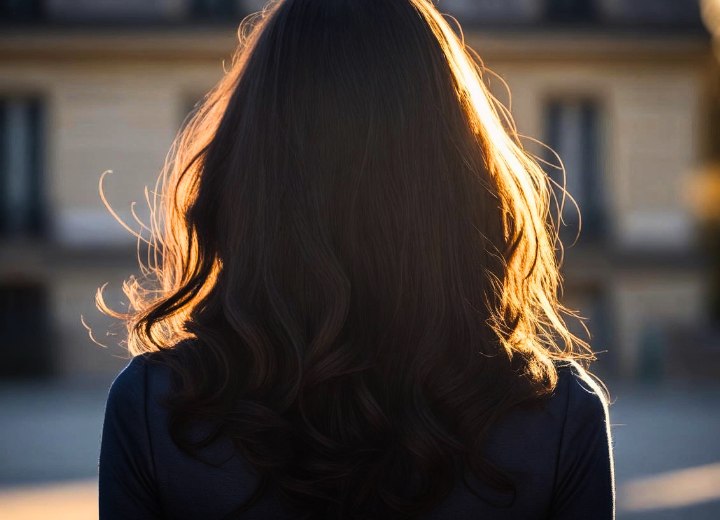Determining Your Hair Color Type

A: Determining your hair color type can be challenging, especially when you have mixed signals like you're describing. The combination of cool-toned features like blue eyes and a preference for silver jewelry, paired with warm red undertones in your hair, puts you in what colorists often call a "neutral" category. This gives you more flexibility than you might think, but it also means you need to be more strategic about your choices.
What you're looking for is the specific type of red you're seeing. Is it a true, clear red that reminds you of a fire engine or a red rose? If so, you're likely dealing with red undertones that lean neutral to slightly warm. Does the red have an orange quality to it, perhaps resembling a copper coin or autumn leaves? This indicates warmer, golden undertones in your hair. On the other hand, if the red appears more muted or has a slight purple or burgundy quality to it, you're probably seeing cooler red undertones that would pair beautifully with your silver jewelry preference.
Sometimes the red might appear to shift between these different tones depending on the angle of the light or how you move your head. This is completely normal and actually indicates that your hair has complex undertones, which is why you've been having trouble categorizing yourself.

When you find these swatches, spend some time comparing them to your hair color. Look for the shade that most closely matches your natural color, paying particular attention to how the color appears in the store's lighting versus what you observed in natural sunlight. Once you've identified the closest match, look at the corresponding information on the chart. You'll find technical details about the color, including what's called the "level" (how light or dark it is) and the "base" or "undertone" (the underlying color that gives it its character).
This information is very valuable because it tells you exactly what you're working with. For example, you might discover that your hair is a level 3 (dark) brown with red-orange undertones, or perhaps a level 2 (very dark) brown with red-violet undertones. This knowledge becomes your roadmap for choosing a new hair color that will complement your natural base.
Once you've identified your hair's base color, you have several directions you can go with your color choice. The safest approach is to stay within the same undertone family. If your hair has warm red-orange undertones, you can choose warmer shades like rich chocolates, auburn, or even golden browns. If your undertones are cooler and more red-violet, you might consider deeper browns with ash tones, or even explore colors with subtle purple or burgundy highlights.
You also have the option of going neutral, which might be perfect for someone like you who seems to straddle the line between warm and cool. Neutral hair colors are specifically formulated to minimize strong undertones, creating a more balanced look that can complement both warm and cool accessories and clothing. These colors often work particularly well for people who have mixed signals in their coloring, like your combination of blue eyes and red hair undertones.
©Hairfinder.com
See also:
Hair colors and coloring
Hair colors and our color palette
The relation between our hair, skin and clothes color